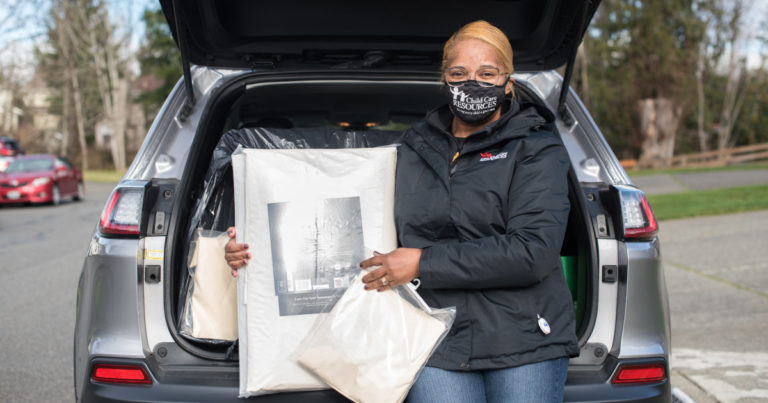Search Results for "how to avoid exposures"
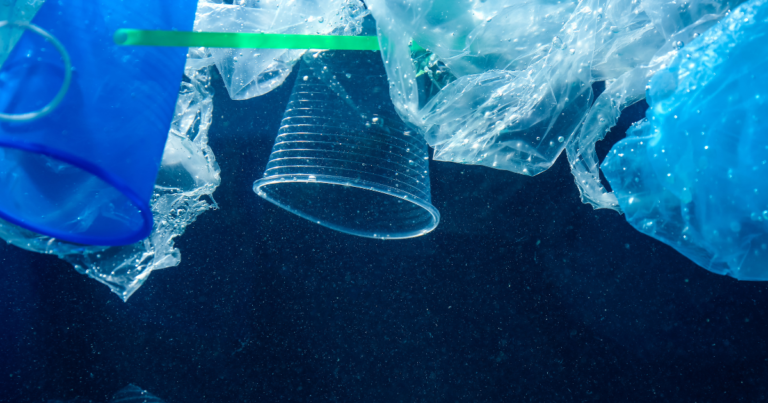
Toxic Chemicals
Antioxidants
Antioxidants act as stabilizing chemicals that are added to plastics and food packaging to prevent them from degrading, as well as to personal care products and food as preservatives. Antioxidants are widely used in consumer products and some are associated with toxic effects.
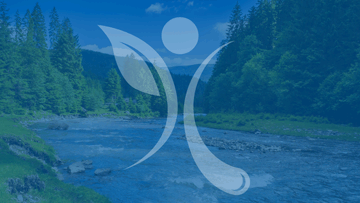
What is our Healthy Communities work?
In partnership with Public Health – Seattle & King County and local community-based organizations in Washington state, Toxic-Free Future’s Healthy Communities work helps to increase awareness of lead hazards in local communities of color and [...]

Our Impact
Toxic-Free Future is a national leader in environmental health research and advocacy. Through the power of science, education, and activism, Toxic-Free Future drives strong laws and corporate responsibility that protect the health of all people and the planet.
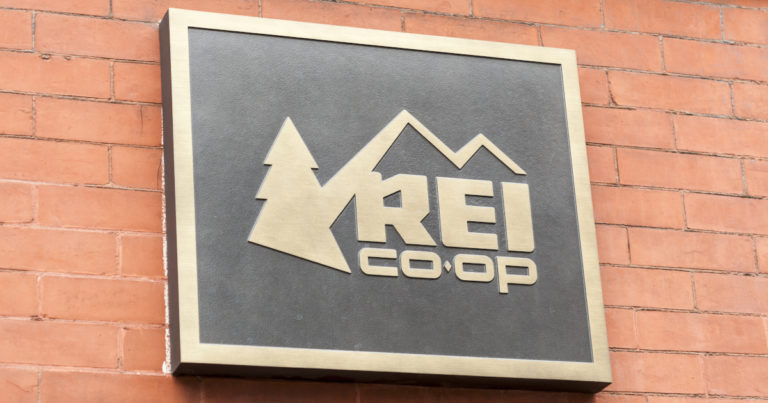
Today a group of more than 100 local, state, and national organizations sent a letter to REI’s CEO Eric Artz calling on the company to lead the outdoor apparel industry in a bold transition away from the entire class of toxic PFAS “forever chemicals.”
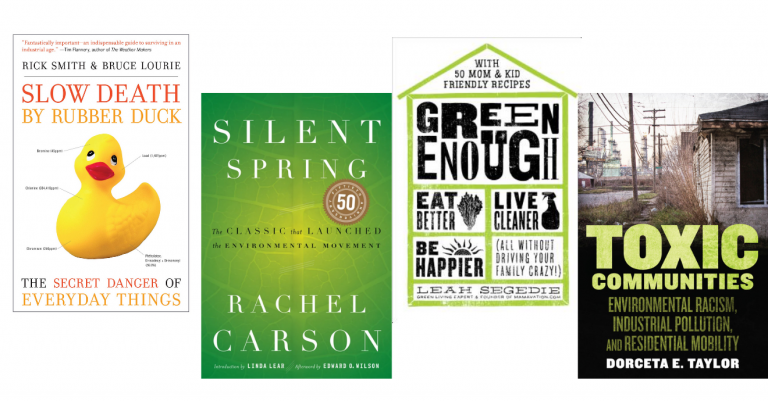
Marking Earth Day at home this year? We’ve assembled a list of some of our favorite books, blogs, and articles to learn more about the fight to stop the chemical industry from polluting our homes, schools, and workplaces with toxic chemicals and achieve environmental justice for the most impacted communities.

Best Buy launched a chemicals policy in 2017 but didn’t publish the list of chemicals it is restricting until recently. While a step in the right direction, the list of chemicals does not go far enough — it is woefully inadequate in addressing harmful flame retardants and other toxics. In the year ahead, Best Buy must significantly expand its list of restricted chemicals and ban toxic flame retardants in the enclosures of all televisions it sells.

Press Room
Polishing Over the Effects of PFAS


